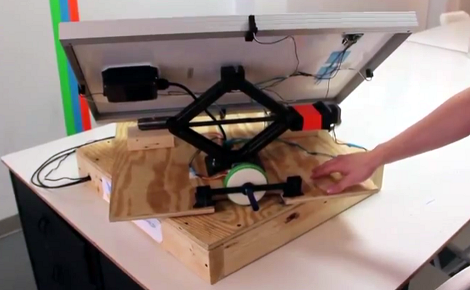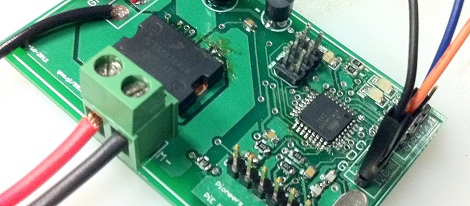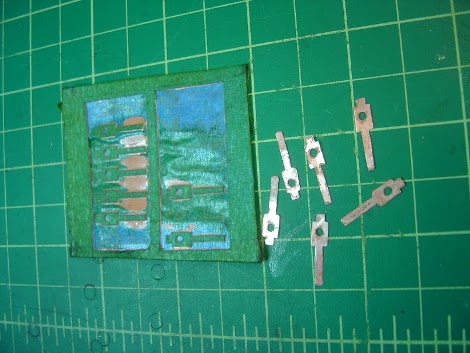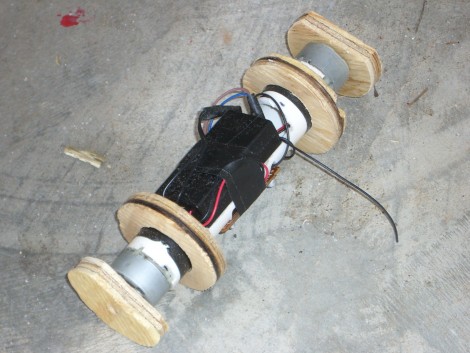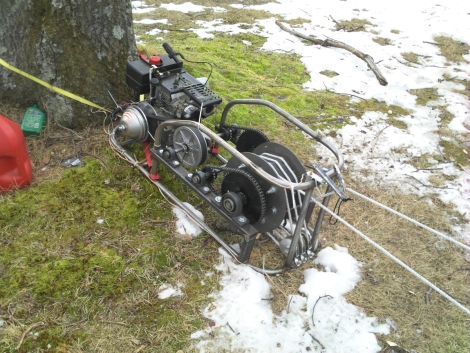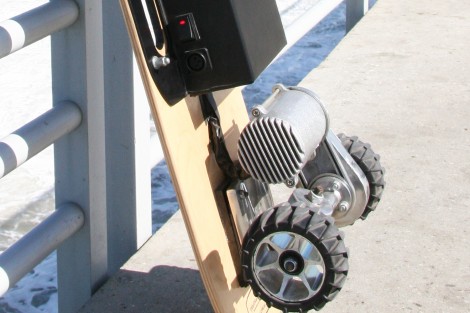
You’re not going to be doing any flip-tricks with this board, but it’ll let you get around without getting sweaty. The ZBoard is a motorized skateboard which is in the pre-order stages thanks to a successful Kickstarter campaign. It’ll set you back $500 now or $600 later. With that kind of budget wouldn’t it be fun to build your own?
This base model can go about five miles or five hours between charges. It carries a seal lead-acid battery (really?) but if you upgrade to the pro model for just $250 more you get a LiFePo that doubles the range (but curiously not the run time). To make it go there are pressure sensitive foot pads on the front and rear of the deck. This allows you to go slow with just a bit of pressure, or put the pedal to the metal to get up to the 15 mph speed limit. It’s even got regenerative breaking to slow things down while giving a boost to the battery.
The idea is nothing new. But the cleanliness that this product brings to market is something to be respected. We’re hoping this sparks some inspiration for a rash of DIY clones, kind of like we’ve seen with the Segway.
Continue reading “Motorized Skateboard Just Begging To Be Your Next Project”

